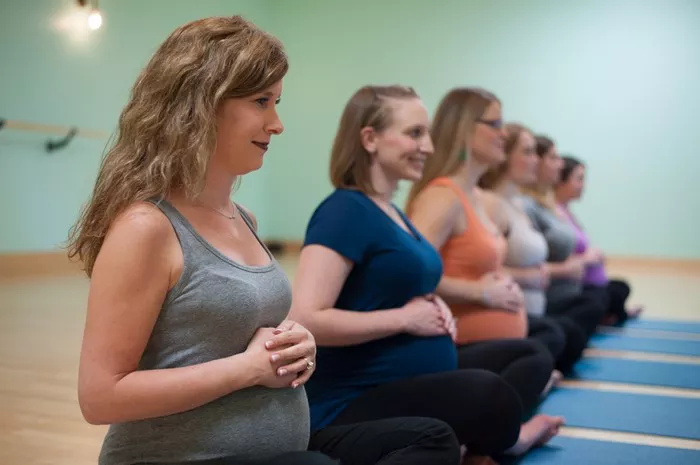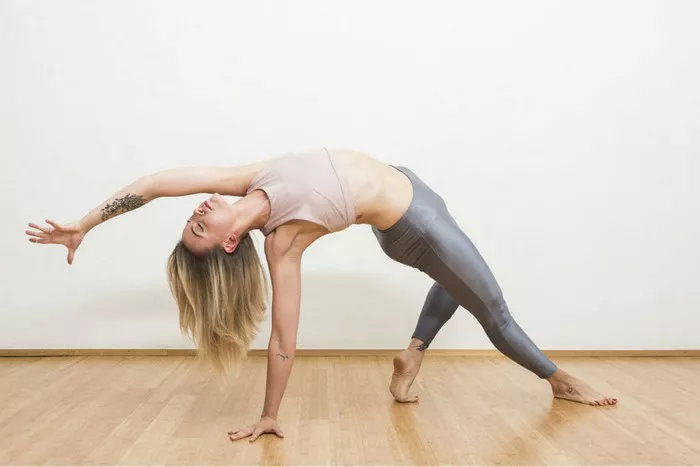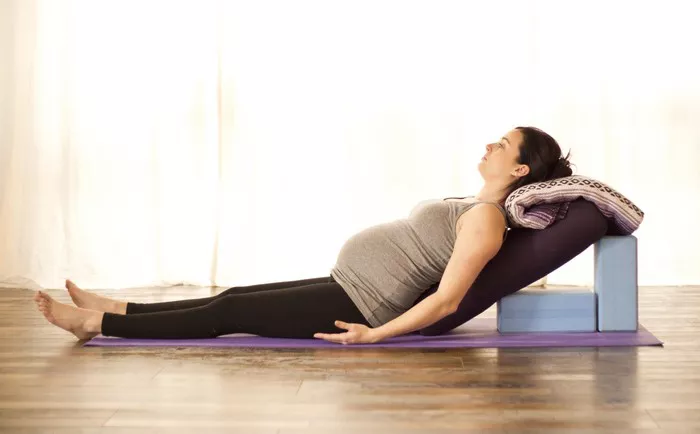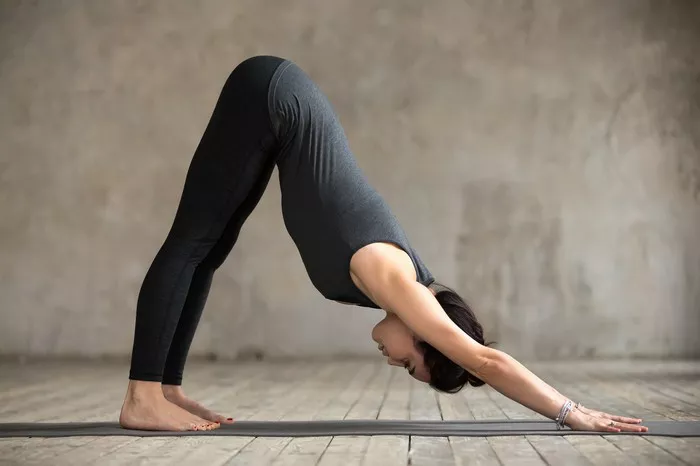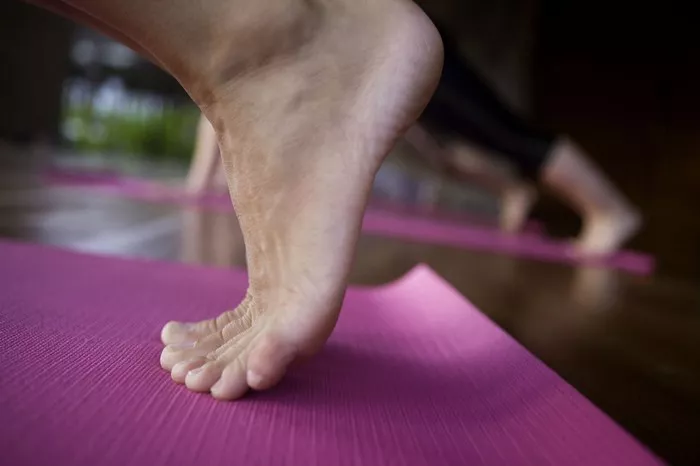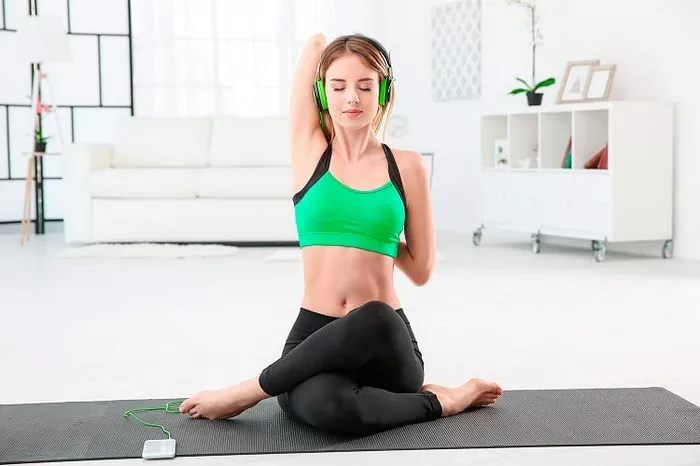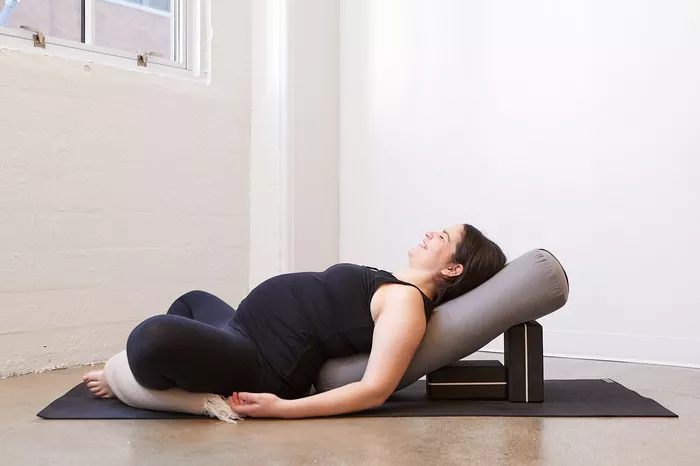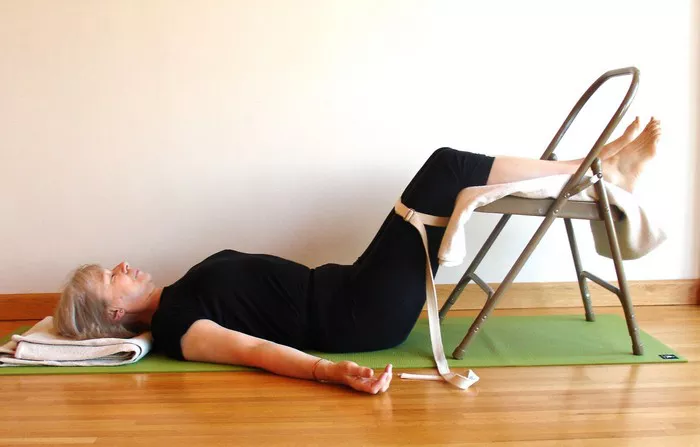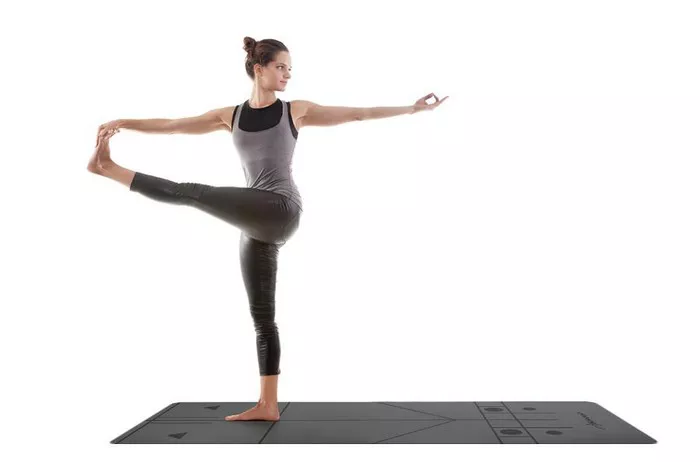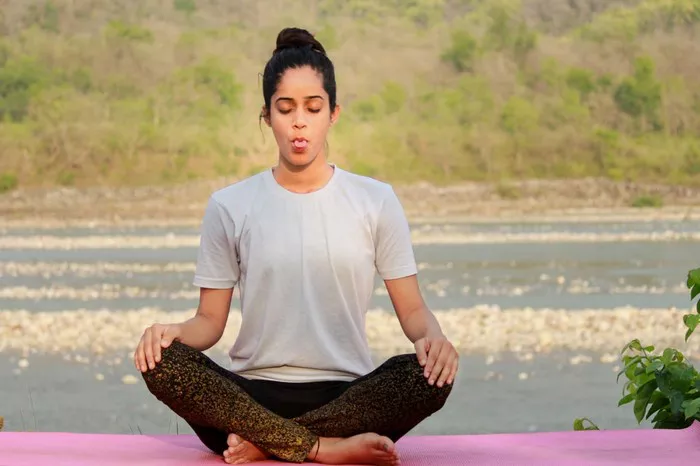Aerial yoga, also known as anti-gravity yoga, is a relatively new form of exercise that combines traditional yoga poses with the use of a suspended hammock. This unique practice allows practitioners to perform various yoga postures while being partially or fully supported by the hammock. With its growing popularity, aerial yoga is becoming a go-to choice for people seeking a fun, challenging, and innovative way to practice yoga. However, many beginners wonder: Is aerial yoga hard for beginners? In this article, we’ll break down the benefits, challenges, and tips for those just starting out, and help you understand whether or not aerial yoga is right for you as a beginner.
What is Aerial Yoga?
Before delving into the difficulty level, it’s important to understand what aerial yoga entails. Aerial yoga combines the basic principles of traditional yoga with the addition of a hammock or fabric swing that is securely suspended from the ceiling. The hammock is designed to support the body, allowing practitioners to perform a range of yoga poses, including those that are usually difficult to perform on the ground.
The hammock serves as a prop that allows for greater flexibility, stability, and ease in certain poses. It can also provide assistance with deep stretches, inversion poses, and body alignment. Additionally, aerial yoga can involve elements of Pilates, dance, and acrobatics, making it a full-body workout that strengthens and tones the body while improving flexibility and balance.
Is Aerial Yoga Hard for Beginners?
While aerial yoga may seem intimidating at first, especially for those who are new to yoga or have no previous experience with aerial work, it is not necessarily “hard” for beginners. The difficulty level of aerial yoga depends on a variety of factors, including the individual’s strength, flexibility, and comfort level with the hammock. With proper guidance, patience, and practice, beginners can gradually build strength and confidence in the practice.
Here are several factors to consider when assessing whether aerial yoga is hard for beginners:
1. Strength and Flexibility
Aerial yoga requires a certain level of strength and flexibility, particularly in the core, arms, shoulders, and legs. However, you don’t need to be extremely flexible or strong before starting aerial yoga. The hammock helps support your body, allowing you to ease into different poses and gradually build strength and flexibility over time.
Beginners may find some poses challenging at first, especially those that require core strength or balance. For example, hanging upside down in an inversion may feel intimidating initially, but with practice, your body will adapt. Over time, you’ll notice improvements in your flexibility and strength, which will make the practice more accessible.
2. Inversions and Height Sensitivity
Inversions, or poses where your head is lower than your heart, are an integral part of aerial yoga. While inversions can be incredibly beneficial for your body—helping to improve circulation, decompress the spine, and increase flexibility—many beginners may feel uneasy about being upside down or suspended in mid-air.
If you have a fear of heights or are not comfortable with inversions, it may take some time to adjust. However, aerial yoga instructors are typically trained to offer modifications and ensure that students are safely positioned in the hammock. The hammock also provides support, which makes inversions less intimidating than traditional inversion poses practiced on the ground.
3. Mind-Body Awareness
Aerial yoga requires heightened mind-body awareness because the practice challenges your proprioception—the ability to sense where your body is in space. When you’re suspended in the air, you must be more conscious of your body alignment, balance, and movement. This awareness can take some time to develop, especially for beginners who are new to yoga or unfamiliar with the aerial setup.
As you practice, you’ll gradually become more aware of your body’s movements and how to adjust your positioning to maintain stability and alignment. Instructors will guide you through the process, helping you find your balance and correct any misalignments.
4. Instructor Guidance
One of the most significant factors in determining whether aerial yoga is hard for beginners is the quality of instruction. Aerial yoga classes are usually led by trained instructors who are familiar with the challenges that beginners face. These instructors will provide clear guidance on how to use the hammock, demonstrate poses, and give individualized feedback to help you progress safely.
Beginners are encouraged to take classes specifically designed for beginners or introductory classes. These classes typically focus on fundamental techniques, safety precautions, and building foundational strength and flexibility. With expert instruction and gradual progression, beginners can feel confident as they work through the poses.
Benefits of Aerial Yoga for Beginners
While aerial yoga may seem difficult at first, it offers several benefits that can be especially valuable for beginners:
1. Improved Flexibility
One of the main benefits of aerial yoga is that the hammock provides support, allowing practitioners to move deeper into stretches without the strain of holding a position on the floor. For beginners, this means that aerial yoga can enhance flexibility in a safe and gentle way.
The hammock helps to facilitate deep stretches and increase the range of motion in areas such as the hips, hamstrings, and spine. As you practice, you’ll likely notice that you’re able to achieve greater flexibility over time.
2. Core Strength and Stability
Aerial yoga is an excellent way to strengthen the core muscles, which are essential for overall stability and posture. Holding poses in the hammock requires engaging the abdominal muscles and stabilizing the body, which helps improve core strength.
Beginners will gradually build strength in the core, arms, and legs as they practice various poses. This increased strength will not only enhance your aerial yoga practice but will also translate into improved posture and strength in other areas of life.
3. Decompression of the Spine
Aerial yoga is particularly beneficial for decompressing the spine. Inversions and other hammock-supported poses help to relieve pressure on the vertebrae and discs, promoting spinal health and flexibility. For beginners, this can be a great way to release tension and alleviate back pain.
Because the hammock helps support your body while in an inverted position, the spine is gently stretched and decompressed, which can provide relief from the effects of sitting for long periods or other postural imbalances.
4. Reduced Joint Strain
Since the hammock supports the body during the practice, aerial yoga puts less strain on the joints compared to traditional forms of yoga or strength training. The support of the hammock makes it easier for beginners to hold poses and stretch without experiencing discomfort or strain in the joints.
This is especially beneficial for those with joint issues or those who are recovering from an injury. Aerial yoga allows you to perform challenging poses and stretches while minimizing stress on the joints.
5. Mental Focus and Relaxation
Like traditional yoga, aerial yoga encourages mindfulness, breathing, and relaxation. The sensation of floating and being suspended in the air can induce a sense of calm and mental clarity, helping to reduce stress and promote relaxation. For beginners, this focus on mindfulness can make aerial yoga an enjoyable and meditative practice.
Tips for Beginners Practicing Aerial Yoga
While aerial yoga is accessible to beginners, there are a few tips that can help you get the most out of your practice and ensure a safe, enjoyable experience.
Start with a Beginner Class
Look for classes specifically designed for beginners. These classes are slower-paced and focus on foundational skills, such as getting in and out of the hammock, basic poses, and alignment. By starting with a beginner class, you’ll be able to build confidence and ease into the practice.
Listen to Your Body
As with any new form of exercise, it’s important to listen to your body and progress at your own pace. Don’t push yourself into poses that feel uncomfortable or beyond your current ability. Aerial yoga is meant to be fun and supportive, so there’s no need to rush.
Use the Hammock for Support
The hammock is designed to support your body, so take full advantage of it. If a pose feels difficult, allow the hammock to support you and help you achieve the position more comfortably. You can always modify poses or use the hammock to assist you in achieving proper alignment.
Don’t Fear Inversions
If you feel apprehensive about inversions, start with simple inversions and gradually work your way up. Many beginners feel intimidated by the idea of hanging upside down, but the hammock offers safety and support, and the experience can be exhilarating once you get comfortable with it.
Wear the Right Clothing
When practicing aerial yoga, wear form-fitting clothing that covers your skin and prevents any irritation from the hammock. Avoid wearing clothes with zippers, buttons, or other accessories that may cause discomfort while suspended in the air.
Focus on Breathing
Just like traditional yoga, breathing is key in aerial yoga. Focus on deep, mindful breaths throughout the practice to help calm the mind and facilitate movement. Breathing deeply can also help you stay relaxed during challenging poses and inversions.
Be Patient
Aerial yoga requires time and practice to master. As a beginner, be patient with yourself and embrace the learning process. Over time, you’ll gain strength, flexibility, and confidence, making the practice more enjoyable and fulfilling.
Conclusion
In summary, aerial yoga is not inherently hard for beginners, but like any new physical practice, it requires patience, commitment, and a willingness to learn. While it may be challenging at first—especially in terms of strength, flexibility, and comfort with inversions—the supportive nature of the hammock makes aerial yoga an accessible practice for people of all fitness levels. By starting with beginner-friendly classes, listening to your body, and practicing regularly, you’ll be able to enjoy the many benefits of aerial yoga and progress at your own pace.
If you’re curious about aerial yoga, don’t be afraid to give it a try. With the right guidance and a positive attitude, you may just discover a new way to strengthen your body, calm your mind, and have fun in the process!
Related Topics:

